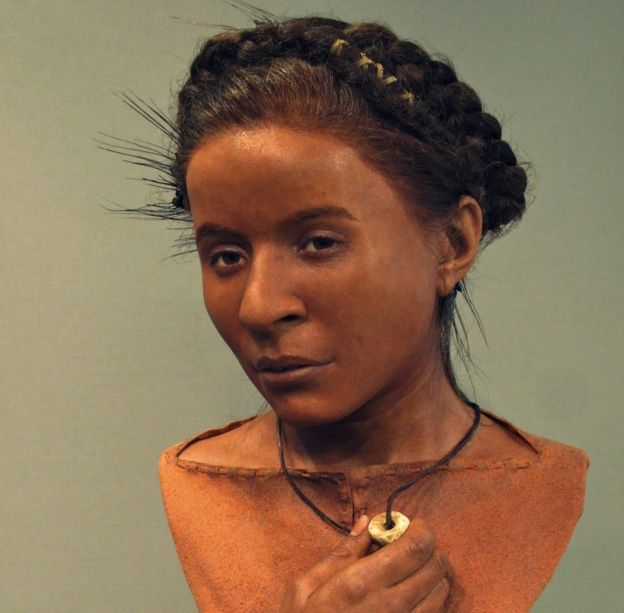The majority of modern Horners shouldn't even be viewed as an aboriginal HOA population. With the exception of Omotic-speakers endemic to the highlands, most Horners are largely the descendants of a transplant group, having originally migrated from the Nile Valley.
I've always subscribed to Underhill's theory that E is East African. Remember, nothing has been proven. No theory can be proven to be absoulute fact, but it makes more sense that E is East African in origin and not Levantine. has always made more sense to me, have a read:
"Fittingly, Underhill (who originally opposed this model) is the senior author on a recent paper offering new phylogeographic evidence that could support it, including a simplifying revision of the E phylogeny, and finding two examples of underived root-types of E in Saudi Arabia [
56]. This model would specify, as for mtDNA, a single exit Y lineage and two non-African descendant branches arising outside Africa. To quote: ‘Regions near but external to northeast Africa, like the Levant or the southern Arabian Peninsula could have served as an incubator for the early diversification of non-African uniparental haplogroup varieties like Y chromosome DE-YAP*, CF-P143* and mtDNA M and N molecular ancestors’ ([
56], p. 66). The model also predicts that E1b1 (the main trunk of E defined by P2)
probably arose in East Africa after DE backflow there.
In line with this prediction, there is now more recent evidence consistent with, firstly, only two primary branches of E1b1 (rather than three as previously thought), but also with their joint East African origin. This includes not only the E-M215 branch carrying the E-M35 sub-clade, for which latter such geographical evidence already exists, but also the other new main E1b1 branch, defined by V8 and V100. This V8/V100 stem now clearly includes the E-M329 branch, observed almost exclusively in East Africa, whereas the rest of the large African branch, previously defined by E-M2, was puzzlingly virtually absent there [
51,
57]. Remaining, non-P2, minority branches of E, E1b2 and E1a are also found in East Africa (as well as North Africa) [
51],
consistent with an ultimate E origin in East Africa....
Male backflow from Asia to Africa has been shown for non-African Y involving F and E-M35 [
61], although E-M35 is likely a returnee of East African rather than Middle Eastern origin [
52]. Haplogroup F backflow only accounts for 10–40% backflow and is confined to North and East Africa [
61]. If, however, as suggested in §4
a(iii), DE-YAP* originated just outside Africa, then technically non-African backflow in the Y locus includes E and could ultimately massively outnumber the original African Y throughout Africa, ranging from 59 per cent (rather higher than mtDNA figures cited above) in East Africa and 65–80% in South Africa, to well over 90 per cent in West Africa (data from Cruciani
et al. [
61]).
Out-of-Africa, the peopling of continents and islands: tracing uniparental gene trees across the map
Stephen Oppenheimer*
https://www.ncbi.nlm.nih.gov/pmc/articles/PMC3267120/


